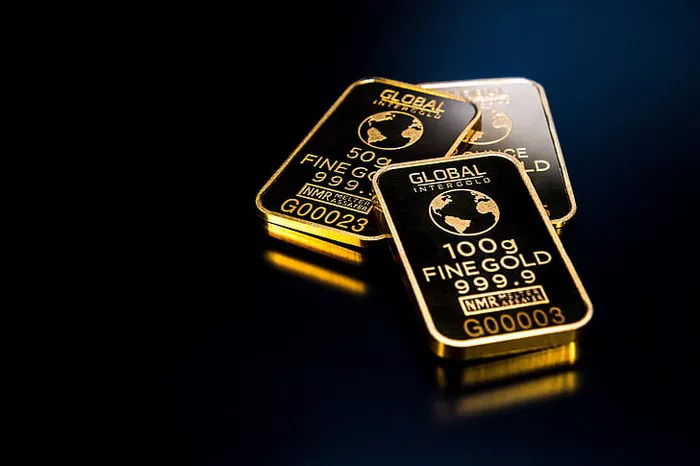Despite the typical seasonal boost for gold prices in August, the precious metal is contending with significant crosswinds from events like Jackson Hole, the U.S. election, and ongoing equity volatility, according to the latest monthly report from the World Gold Council (WGC).
In July, gold experienced a strong monthly gain, rising 4% to reach US$2,426/oz. The month saw a new all-time high before a slight decline towards the end. A notable factor was the strong rally of the Japanese yen, driven by a carry trade unwind, making it the only major currency in which gold did not gain.
Market Dynamics and Influences
The WGC attributes the increase in gold prices primarily to lower 10-year Treasury yields and a weaker US dollar. However, COMEX futures presented a negative impact, with an increase in open interest larger than the rise in net longs, affecting the model inputs negatively.
The start of August saw the third-highest spike in the volatility index (VIX) on record, influenced by a Bank of Japan rate hike, financial market deleveraging, and weak U.S. nonfarm payrolls, which pushed risk assets lower. Although some recovery has occurred, a return to pre-selloff levels may take time.
Market sentiment is increasingly dovish following weak U.S. data, but the expectation of interest rate cuts leaves room for disappointment, considering the healthy economy and the Federal Reserve’s historical cautiousness ahead of elections. This could pose a downside risk for gold if the Fed’s language does not align with market expectations.
Jackson Hole Symposium and Fed Policy
The upcoming Federal Reserve symposium at Jackson Hole (August 22-24) is critical, occurring just weeks before the anticipated rate cuts in September. The language and data leading up to the event will be key. Historically, gold shows initial strength post-symposium, followed by a decline as bond yields rise.
The symposium’s timing is crucial, especially given the mixed economic data, including robust retail sales, strong GDP and PCE inflation data, contrasted by weaker ISM and non-farm payrolls figures. This creates uncertainty about the Fed’s direction.
U.S. Election and Political Impact
Political factors also add to the uncertainty. With President Biden stepping aside for Kamala Harris as the Democratic candidate, the race has tightened. The upcoming Democratic National Congress on August 19 will be pivotal. The policy distinctions between the parties are not as clear-cut, with both potentially leading to higher inflation and lower growth.
Gold is likely to benefit from the prevailing uncertainty rather than specific political outcomes. The potential confirmation of Harris’s running mate could further influence market sentiment.
Equity Market Volatility and Tech Sector Impact
The tech sector, particularly the performance of Nvidia and other leaders, is another significant factor. Nvidia’s Q2 earnings at the end of August, following poor results from other sector leaders and recent sell-offs, will be critical. The market’s nervousness is evident, with major indices experiencing declines.
Historically, August is flat for U.S. equities, but this year might front-run the usual September weakness. Gold’s strong negative correlation with equity sell-offs should maintain investor interest.
Conclusion
The World Gold Council concludes that elevated uncertainty and event risks are likely to sustain investor interest in gold. The type of economic landing remains unclear, and the market’s expectation of rate cuts carries inherent risks for risk assets, bonds, and gold. Despite these challenges, gold has proven effective in protecting portfolios, and its attractiveness remains high amid ongoing uncertainty.


